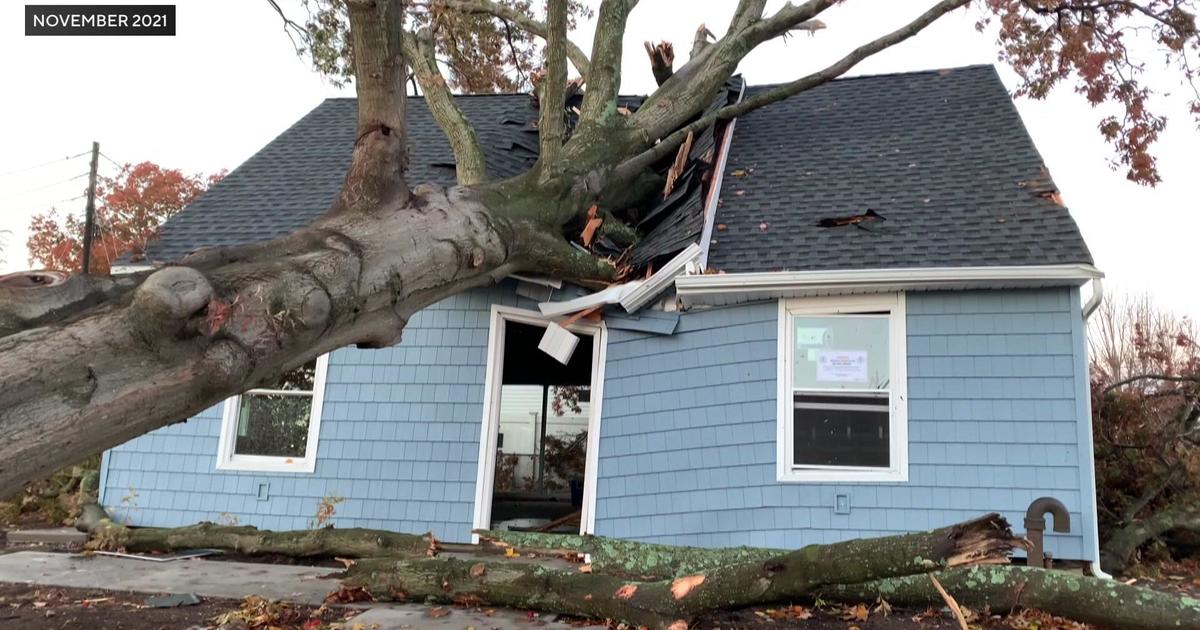With Deer Strikes On The Rise, Staten Island Drivers Urged To Use Caution
NEW YORK (CBSNewYork) -- Officials say drivers not just in the suburbs, but also New York City need to be on the lookout for deer.
Deer strikes are on the rise, and this October is projected to be one of the worst.
A deer was spotted Friday morning at Clay Pit Ponds State Park Preserve on Staten Island. Less than a half-mile away, RNS Auto Body was tending to two cars damaged by deer.
"There's gotta be at least five thousand dollars in damages," said shop owner John Liskody.
Liskody says it's a weekly occurrence. Even he hit a deer recently.
"You're just driving and you hear that thump," he said. "I had a customer that came in and the deer just ran out of the side of the woods and actually went through the right side window of the front door."
AAA says October through december is peak deer strike season. The latest data from 2016 shows a dozen collisions in New York City, mostly between 5 and 7 p.m.
"They're taking over our lives and we don't know what to do," said Staten Islander Anna Chin.
Of the 12 accidents that happened in New York City, eight were on Staten Island and four were in the Bronx. The deer population on Staten Island has multiplied 80 times in the last decade, going from 24 in 2008 to around 2,000 now.
Robber Sinclair from AAA has some unusual advice if a deer is in your path on the road.
"If you see a deer, hit it," he said. "Any other action could result in something much worse."
Sinclair says swerving and hitting the brakes hard can cause the animal to roll up on the hood, so the best advice is to just hit it as gently as possible. AAA says no matter what, always wear your seatbelt. Not doing so is the cause of injuries in more than half of deer-related crashes.
The city says it will place three electronic deer warning signs on Staten Island on Monday.



